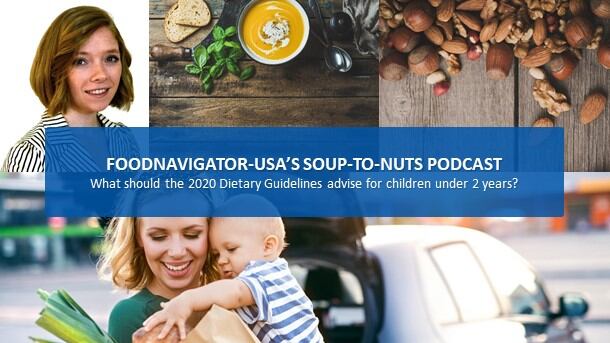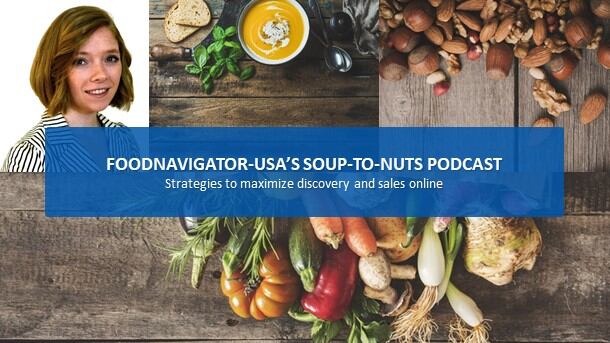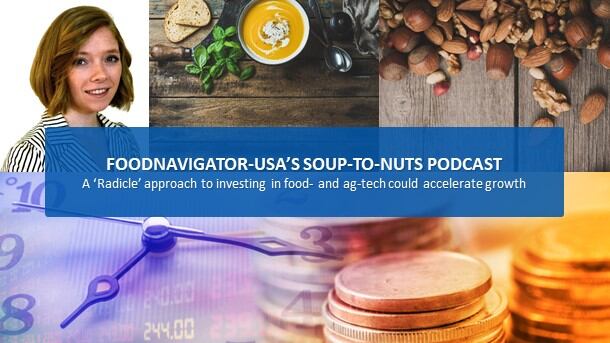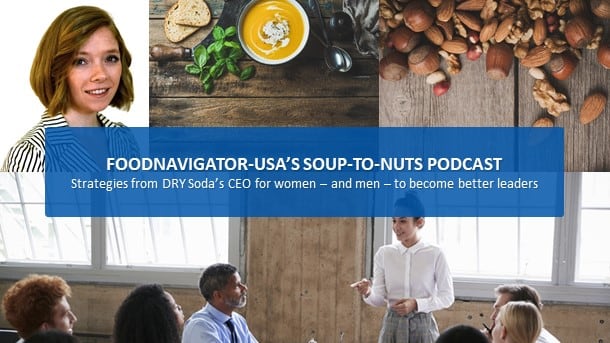The lack of evidence-based guidelines for infant and toddler feeding practices in the United States is not because they are not necessary – rather quite the contrary appears to be true based on data from the 2011 to 2012 National Health and Nutrition Examination Survey. This research shows a significant portion of children under the age of 2 years are at risk of childhood obesity. Specifically, it found 8.1% of children 2 years or younger were already above the 95th percentile and 7.1% were at or above the 97.7th percentile for weight based on their length.
As Health Eating Research published by the Robert Wood Johnson Foundation in 2017 points out a fundamental component to addressing the risk of childhood obesity is to shape healthy early life diet and feeding behaviors not just of infants and toddlers younger than 24 months, but also of women leading up to and during pregnancy.
With this in mind, a committee of experts for the first time are considering how to include dietary advice for the first 1,000 days of life in the upcoming 2020 US Dietary Guidelines. The committee likely is already deep into reviewing research and comments submitted by experts and it will be awhile yet until their recommendations are published. But that doesn’t mean stakeholders are waiting quietly – rather many already are advocating and preparing for change.
Among them is the non-profit Partnership for a Healthier America, which as a leader in the fight against childhood obesity hosted an invite-only roundtable discussion this week at its headquarters in Washington, DC, to brainstorm ways that industry can tackle challenges with early palate development and help change the trajectory for a new generation of infants and children.
In this episode of FoodNavigator-USA’s Soup-to-Nuts podcast, attendees share their wish list of what they would like the 2020 Dietary Guidelines to address as well as highlight some of what they already are doing to address the dietary development of mothers and children during the first 1,000 days.
[Editor’s note: FoodNavigator-USA also will be gathering stakeholders from across industry, academia and government in Chicago this November to discuss some of these issues at our second annual Food For Kids Summit. The multi-day event allows attendees to take a deep dive into what children are and should be eating as well as the market potential and regulatory landscape surrounding our country’s youngest consumers. Get all the details here: https://www.foodnavigatorusasummit.com/]
A generation at risk
In greeting attendees at the round table on July 30, PHA’s President and CEO Nancy Roman explained why it is important that the private sector proactively engage in the creation of the 2020 Dietary Guidelines for children under 2 years and the potential impact for the better that it can have on this issue.
“We were founded 10 years ago … and the idea was that of course government has a role to play in establishing policy and regulation if we are really going to have the food culture we want and tackle the issue of obesity,” but so too does the private sector and PHA is here to help leverage that end of the structure, Roman said.
She added, “I am really proud and pleased to say that food for infants and children is really right at the top of our list. We know how important those first three years are in terms of shaping personality, brain development and palate.”
Focusing first on mom
While the goal of the Dietary Guidelines for children 0 to 2 years is to improve the health of our youngest population, the stakeholders gathered at PHA’s roundtable all agreed that the advice presented needs to address not just what infants and toddlers consume, but also what pregnant and nursing mothers consume.
Ashley Koff, a nationally recognized registered dietitian and the founder of the Better Nutrition Program explained that she would like the 2020 Dietary Guidelines to outline not just what nursing and pregnant women should avoid, but also what they should eat to improve their health and that of their children.
“In prenatal nutrition we have developed … a list of all the things you have got to avoid. … Well, what if we flipped that conversation” and told women what to eat – including a rainbow of foods – for healthier outcomes, she said.
Rick Klauser, the CEO of Sprout Organic Foods, agreed that encouraging pregnant and nursing women to eat a wide range of healthy foods is important – but not just for the immediate health of their children, but also the longer term development of their taste preferences and dietary habits.
He pointed to research that shows children who are breast fed by women who eat a wide variety of healthy foods are more likely to quickly adopt a varied diet than those who are formula fed because many of the flavors come through their mother’s breast milk and therefore are more familiar.
Another important element of educating pregnant and nursing women about their diet that Koff says she would like to see the 2020 Dietary Guidelines address is the risk nutrient deficiencies pose to both mothers and children.
She explained that giving birth can deplete some stores of essential nutrients and if women do not rebuild those before the second birth their outcomes may not be as good as they could be.
Building on this, and in the spirit of crafting memorable messages that are easy for Americans to follow, Carol Dreibelbis, a US policy and research analyst at 1,000 Days, recommended a slight tweak to the old adage of pregnant and nursing women eating for two to be eating twice as healthy.
‘Less sugar, more vegetables’
A big proponent of simple, clear communication like the message Carol suggested, PHA’s Roman said a boiled-down message that she would like the 2020 Dietary Guidelines to get across is “less sugar, more vegetables.”
“We need to expose children to more opportunities younger for vegetables and simple guidance for that is foods of different colors. And I think what we don’t want is insidious sugar in everything and that message has to be carefully worded because I think children can and should eat fruit,” Roman said.
How much fruit a child or pregnant or nursing woman should eat though, could be a bit of a flash point, based on the conversation at the event.
Koff agreed and emphasized that while fruit is sweet and can have high levels of natural sugar it should not be penalized. But Klauser suggested that since children are predisposed to like sweet that more emphasis and opportunities should be created for eating vegetables. He also warned that some manufacturers may take advantage of the idea of sweetening products with fruit but then concentrating the sweeteners to much higher levels of sugar than is found in nature.
With this in mind, he also said that he wants the government to clarify labeling requirements so that if companies list ingredients on the front of the package they are in the same order that they appear in the product.
Klauser pointed out with pride that Sprout Organic Foods always lists in order of concentration on the front and back of the pack the fruits and vegetables in its products. He also noted the company has committed to PHA to add more veggies to its baby food to help prevent obesity later in life.
Whole foods not just nutrients
While much of the conversation focused on what stakeholders want to see in the recommendations, Koff said there was one thing she didn’t want to see: an over-emphasis on nutrients rather than whole food-based diets.
Other areas of concern that stakeholders at the roundtable said they would like to see the Dietary Guidelines address include the impact of soil health on the foods children eat. In particular, some voiced concerns about heavy metals and contaminants.
On a related note, some participants said they wanted to see more focus on how agriculture subsidies impact the foods that are readily available to children or can be provided at a lower price but also at a lower nutritional value.
As wide ranging as the discussion was, it only scratched the surface of the issues that the dietary guidleines advisory committee will likely wade through as they craft their recommendations. To learn more about these additional issues as well as the committee’s progress, visit https://www.dietaryguidelines.gov.




